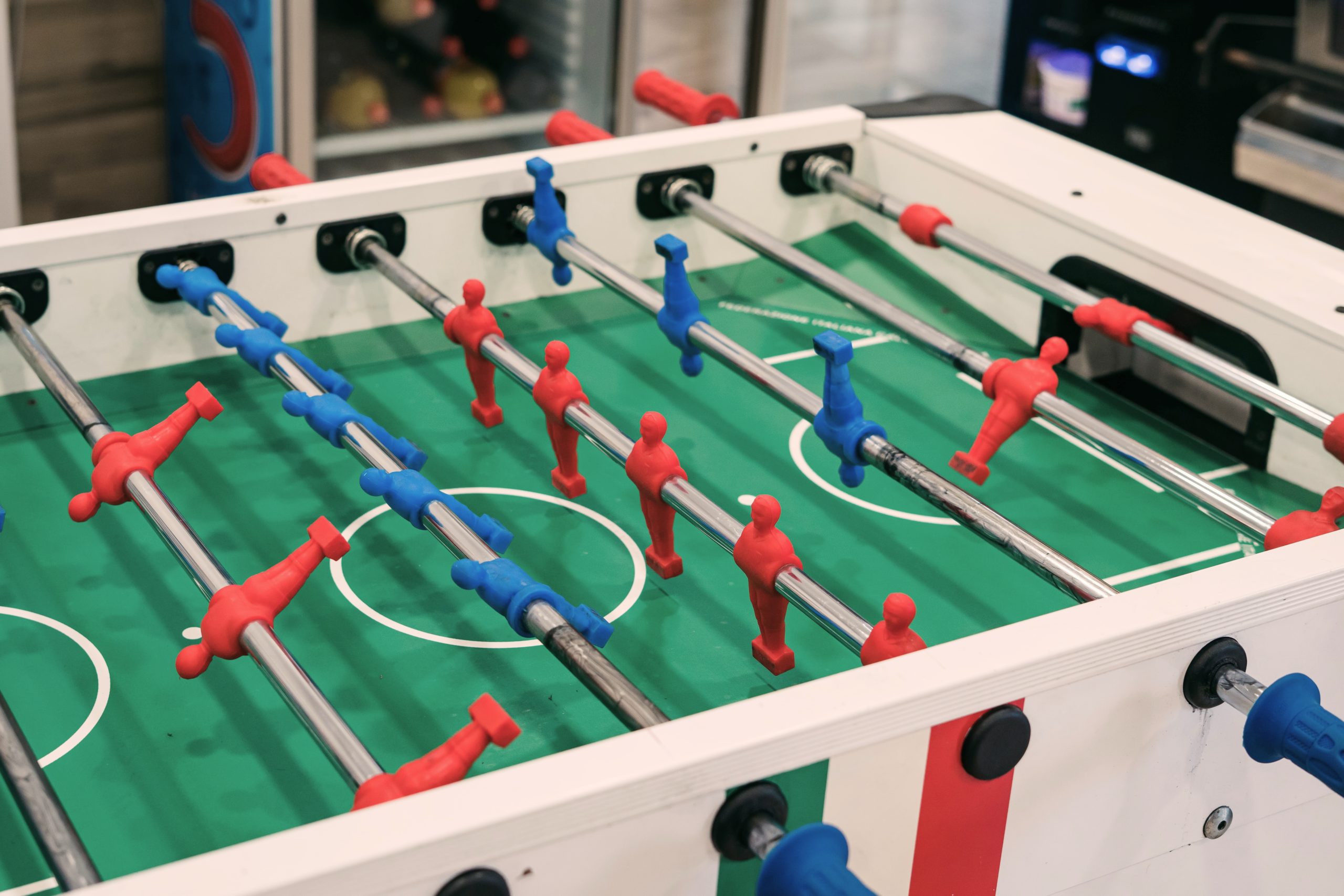Traditionally, the ideas of “work” and “play” have been separate notions — even opposite sides of the same coin. We’ve often heard that old proverb that “All work and no play makes Jack a dull boy,” and on the other hand, we’ve also heard the phrase “word hard, play hard,” which carries with it the subtextual implication that once play is over, it’s time for work. Not to mention the fact that many people probably don’t equate authority figures (their bosses) with “fun” or being carefree; in their worst light, they’re the enforcers, the overseers, the meddling middle micromanagers. But what if the two didn’t have to be separate, disparate elements of one’s life, but actually two parts in a symbiotic whole that feed into and help grow one another? What if having fun in the workplace actually could help your organization’s bottom line? Well, it can, especially because fun almost directly leads to feelings of happiness, which in the range of our human experience has proven to be one of the most powerful tools we have. When we’re happy, we’re basically limitless. According to author Shawn Achor, his book The Happiness Advantage argues this very thing. He states:
When our brains constantly scan for and focus on the positive, we profit from three of the most important tools available to us: happiness, gratitude, and optimism. The role happiness plays should be obvious—the more you pick up on the positive around you, the better you’ll feel—and we’ve already seen the advantages to performance that brings.
And, according to groundbreaking research from the University of Oxford, happy employees are 13% more productive. Now, 13% doesn’t seem like a big number, but the fact is that 13% compounded over time, across an organization’s entire staff, can have far greater impacts than its initial one.
In his Methods courses on happiness, world-renowned professor and psychologist Dr. Raj Raghunathan tells us that happiness in the workplace is not a frivolous concept nor an unproductive one. In fact, he shows that happier employees are better employees: more productive and focused, less stressed and physically healthier, and more personable and cooperative with their teams and bosses. He links this to the framework of the growth mindset, developed by Stanford psychologist Carol Dweck and popularized more recently by the new, modern wave of leadership and executive coaches who understand that the human brain’s capacity is greatly increased when focused on positives like gratitude, belonging, and safety.

So, we know why fun is important, but how do we actually create fun environments or situations for our teams? If you’re a leader, it’s likely that you didn’t get into your position by being “the most fun person in the office,” and you’ve probably spent a good deal of time being rewarded for hardline business achievements: getting those sales reports looking better, increasing profit margins, delivering a product to the client on time by successfully rearing your team. You probably haven’t been rewarded for throwing pizza parties. As an employee, you probably think that “having fun with your team” or “showing your team a fun time” is the last of your boss’s priorities, and unfortunately, in unhappy workplaces, that may be just the case.
In his MicroMethods course, “the apostle of appreciation” Chester Elton outlines numerous simple ways you can instill that spirit of positivity and fun in your team, including sharing meals together, “random acts of kindness,” and playing games.
Some other easy ways to instill a sense of joviality within your team could be:

1. Celebrate special days
These could be holidays, peoples’ birthdays, commemorative milestone celebrations for hitting certain sales marks or other metrics, even anniversaries for the company’s founding. Never pass up a good excuse to stop the day to day and inject a little spontaneous celebration into your workplace. Plus, everyone loves snacks, right?

2. Take them out of the office
Remember how much fun school field trips were? If you were anything like me, field trips were the pinnacle of school day fun; you were in a new, often exciting place with your friends, free to roam around and act, even if for just a half-day, like the monotony of daily schooling could be broken. The same can be said for teams at work, especially those who operate primarily in a central office. Take your team out to lunch somewhere nice, or even schedule a session at an “escape room” where a sense of adventure (and slight peril) combine with creativity, encouraging your team to work together in a new environment and build strong bonds.
- As a bonus, if you’re a remote team, try scheduling a physical meet-up in a location closest to everyone. If this isn’t possible, plan a party where you gather in a video conference and send snacks or food delivery to remote workers at their location.

3. Play games regularly in the office
It’s now become somewhat of an industry joke that “modern” workplaces like Google and Facebook/Meta have things like “game rooms,” complete with video games and ping pong tables, but in reality — they’ve got the right idea. There are a number of reasons they are two of the largest, most successful tech companies in the world, and one of those is undoubtedly that employees like working there; they have fun, enjoy themselves regularly, and are generally happier. Games provide an opportunity to interact outside of the regular work grind, build a sense of team, and can help people learn how to work together in ways that can be applied around the office even after the games are over.

Throughout the decades of the modern workplace experience, fun is placed at perhaps the lowest available premium. It’s never been seen as a necessary, let alone even permissible, aspect of a successful workplace. Sure, there has always been employee camaraderie and culture creation through team-building, but there’s seldom been an emphasis on actually having fun as a way toward success. In the past it’s been, “we can celebrate (maybe) once we deliver the project or product, but nothing before,” and I’m not suggesting that you should deliver projects late or let your clients or customers down, but I am suggesting that having a little fun injected into your daily or weekly workplace schedule can keep people happier, more productive, and more successful at that. Especially in creative fields such as advertising, that sense of fun and “play” is vitally important in keeping alive that “inner child” that propels forth the personalities behind the more creative industries.
For more actionable tips like these and ways to increase fun in your workplace, check out the Methods courses from Chester Elton and Dr. Raj. And, get an exclusive discount right now when you sign up to receive our monthly newsletter!





